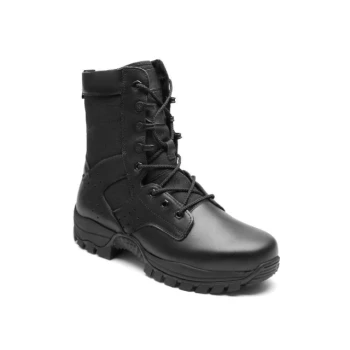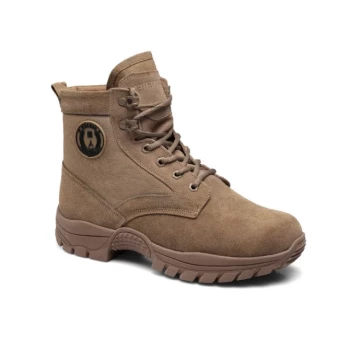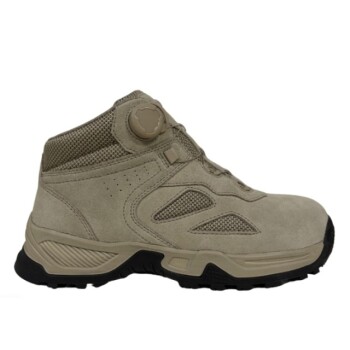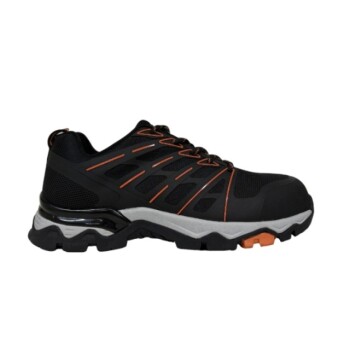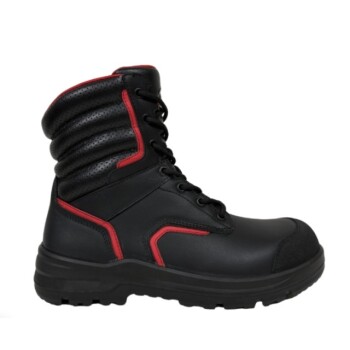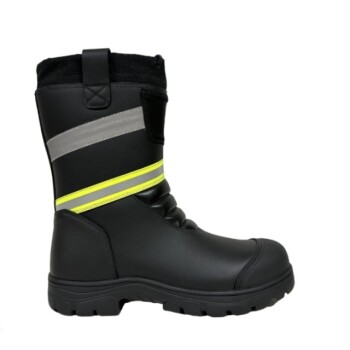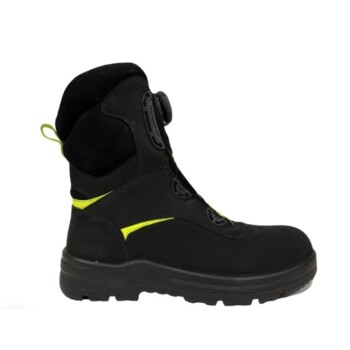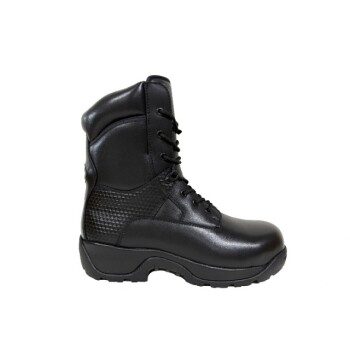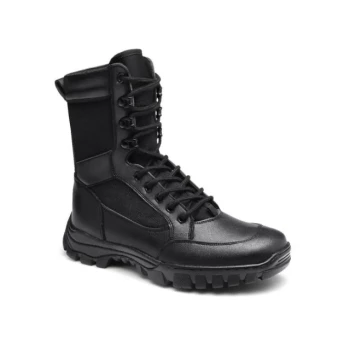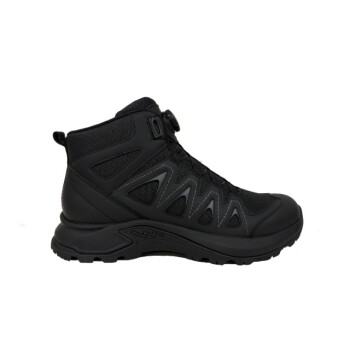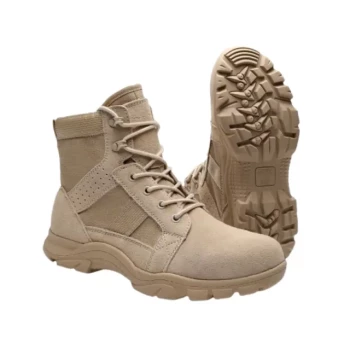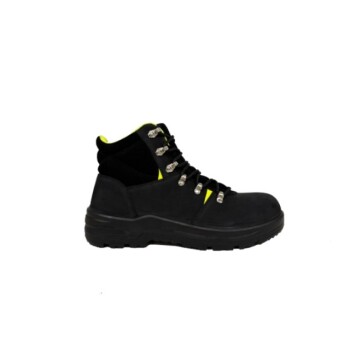Absolutely. Combat boots have successfully transitioned from military-issue gear to a staple in civilian life. Their inherent durability, support, and protective qualities make them highly suitable for a range of activities, from demanding work environments and rugged outdoor adventures to everyday fashion statements.
The core principle to understand is that combat boots are designed for protection and durability above all else. While this makes them incredibly versatile for civilian use, you must weigh these benefits against the potential trade-offs in weight and specialized comfort compared to purpose-built civilian footwear.
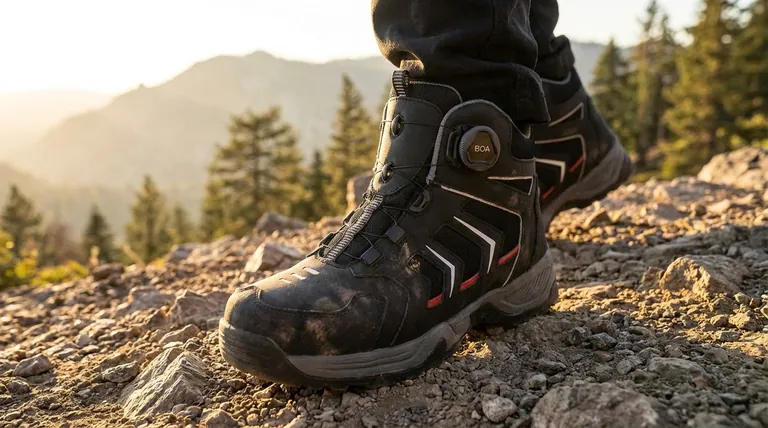
Where Combat Boots Excel in Civilian Life
The features that make combat boots effective for soldiers also provide distinct advantages in many non-military contexts. Their robust construction is the foundation of their civilian appeal.
For Demanding Work Environments
In fields like construction, landscaping, or security, the need for foot protection is paramount. Combat boots offer excellent durability and ankle support, shielding the wearer from rough terrain and potential impacts.
For Rugged Outdoor Adventures
For activities like hiking, camping, or hunting, combat boots provide stability on uneven ground. Their tough leather and nylon construction can withstand abrasion from rocks and brush far better than standard athletic shoes.
As a Distinctive Fashion Statement
Beyond their practical uses, combat boots have a timeless and rugged aesthetic. Their versatility allows them to be paired with everything from jeans to dresses, adding an edgy and confident element to any style.
Understanding the Trade-offs
While highly capable, a military-spec boot is not always the optimal choice. It's crucial to understand the compromises inherent in their design.
The Weight Factor
True military-issue combat boots are often heavier than their civilian counterparts. This extra weight, designed for maximum protection, can lead to fatigue during long hikes or extended periods of daily wear compared to a lightweight, dedicated hiking boot.
Break-in Period and Stiffness
Many combat boots, particularly older leather designs, require a significant break-in period to become comfortable. They can feel stiff and unforgiving out of the box, unlike modern civilian boots often designed for immediate comfort.
Specialized vs. General-Purpose Design
A combat boot is a jack-of-all-trades. While good for many things, it may be outperformed by specialized footwear. A dedicated hiking boot might offer better traction and flexibility, while a certified work boot may have safety features like a steel toe that a standard combat boot lacks.
Making the Right Choice for Your Goal
To decide if combat boots are right for you, align their characteristics with your primary objective.
- If your primary focus is fashion and everyday durability: A pair of combat boots is an excellent and versatile choice that will last for years.
- If your primary focus is serious, long-distance hiking: A dedicated, lightweight hiking boot will likely provide better comfort and reduce fatigue.
- If your primary focus is job site safety: Prioritize a work boot that meets your industry's specific safety certifications (e.g., steel toe, electrical hazard rating).
By understanding their military origins, you can effectively leverage their strengths for your specific civilian needs.
Summary Table:
| Use Case | Pros of Combat Boots | Cons / Considerations |
|---|---|---|
| Demanding Work | Excellent durability, ankle support, foot protection | May lack specialized safety features (e.g., steel toe) |
| Outdoor Adventures | Stability on uneven ground, abrasion-resistant materials | Heavier than dedicated hiking boots, can cause fatigue |
| Everyday Fashion | Timeless, rugged aesthetic, versatile styling | Often requires a break-in period, can feel stiff initially |
Need reliable, durable footwear for your customers or brand?
As a large-scale manufacturer, 3515 produces a comprehensive range of footwear for distributors, brand owners, and bulk clients. Our production capabilities encompass all types of shoes and boots, including combat-style boots that combine military-grade durability with civilian comfort and style.
We help you:
- Source high-quality, durable footwear built to last
- Customize designs to meet your market's specific needs
- Access bulk pricing for distributors and brand owners
Contact us today to discuss your footwear requirements and explore how we can support your business with reliable, scalable manufacturing solutions.
Visual Guide
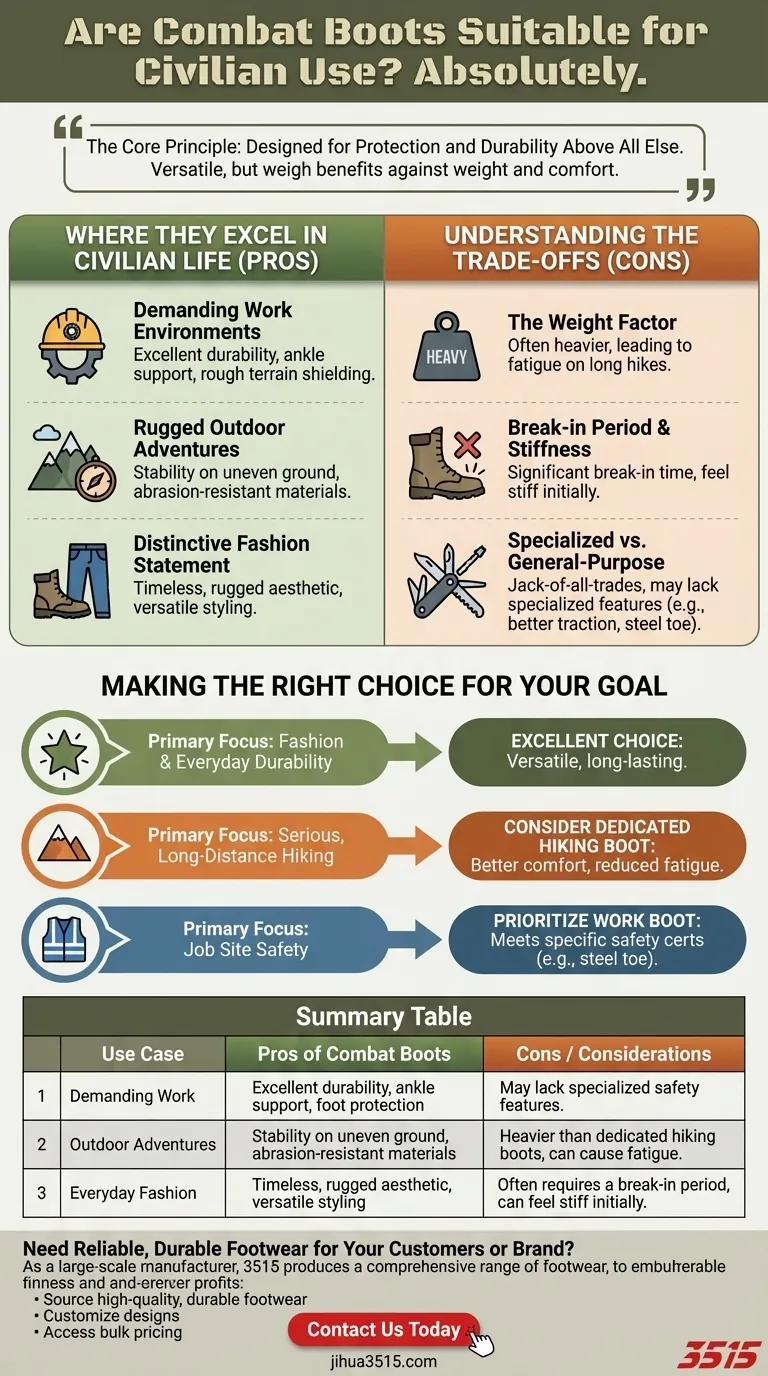
Related Products
- Wholesale Safety Footwear Manufacturer for Bulk & Custom OEM Orders
- Durable Leather Tactical Boots Wholesale & Custom Manufacturing for Brands
- High-Traction Suede Tactical Boots Wholesale & Custom Manufacturing
- Premium Wholesale Wheat Nubuck Safety Boot with Rapid Lacing System
- Premium KPU Injection Athletic Style Safety Shoes
People Also Ask
- Is safety toe better than steel toe? A Guide to Choosing the Right Protection
- What is the OSHA standard for safety-toe boots? Ensuring Compliance and Worker Protection
- What is a safety-toe in a boot? Your Guide to Choosing the Right Protection
- What are the differences between steel toe, composite toe, and alloy toe Wellington boots? Choose the Right Safety Toe for Your Job
- What's the difference between safety toe and steel toe? Choose the Right Protective Footwear.

